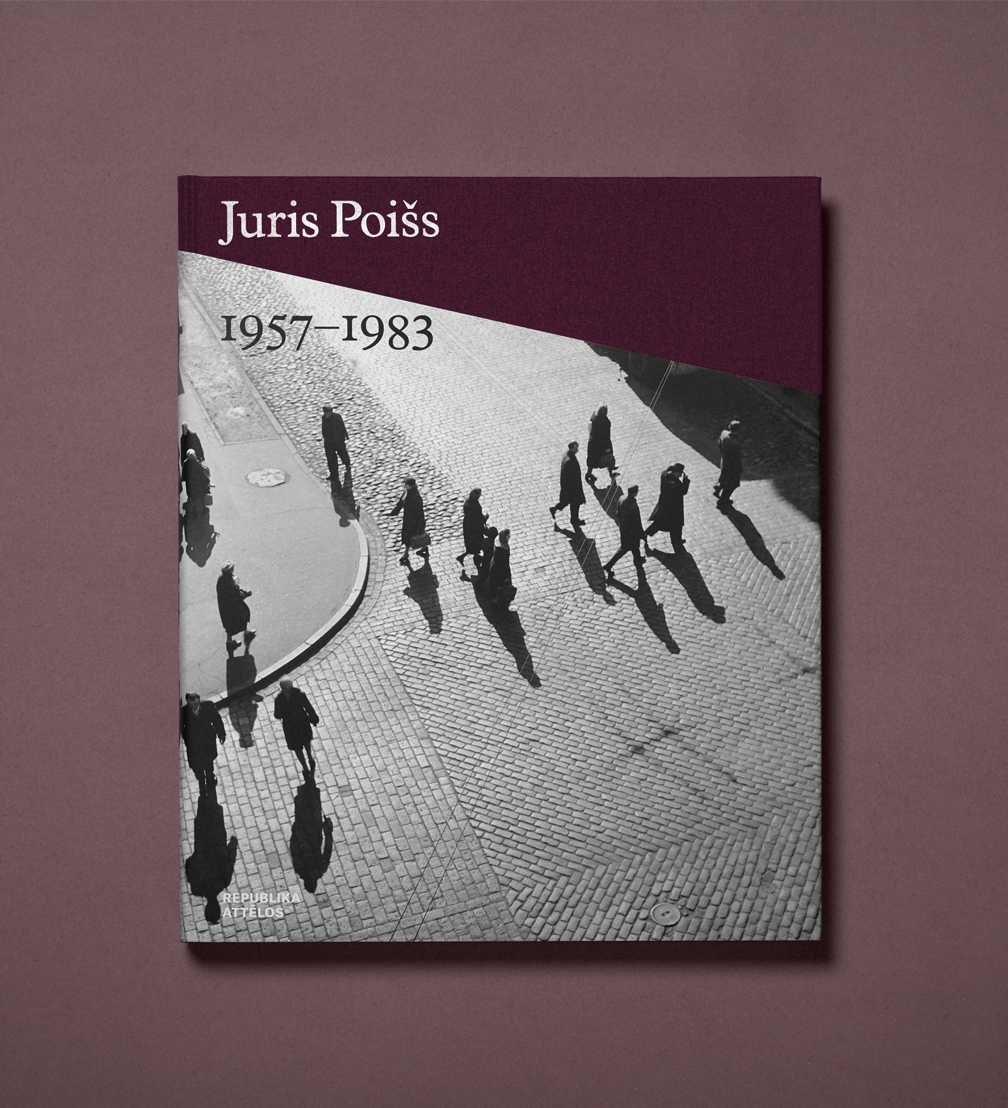
Continuing the series of photo books Republic in Pictures, an edition dedicated to the Latvian photo correspondent and press photographer Juris Poišs has come out. In the bilingual book published by the association Kultkom, 80 medium-format photos are included, revealing Poišs’ documentary yet unusual view of Soviet Latvia.
Juris Poišs was a Latvian press photographer who worked both as a photo correspondent for several newspapers and as a photojournalist for the news agency LT (now LETA). Soviet documentary photography, both in Latvia and elsewhere in Eastern Europe, is a little-studied and neglected genre. The book series Republic in Pictures tries to fill these knowledge gaps in the history of Latvian photography. Admittedly, even during the 1960s and 1970s in Latvia, the perception and evaluation of photography were dictated by the dominant pictorialism of art photography, and everyday visual journalism was of little interest to critics and researchers.
During this time, a large number of Latvian photographers chose to work with pictorial salon photography, moving away from the genre of social reportage, which was defined by conventions or «stamps» under the Soviet regime. However, as the compilers of the book, historian Toms Zariņš and designer Alexey Murashko, emphasise in the book’s introduction, «Poišs’ work shows both a set of recognisable techniques and his own photographic style — features that are characteristic of only a few press photographers of the Soviet period.»
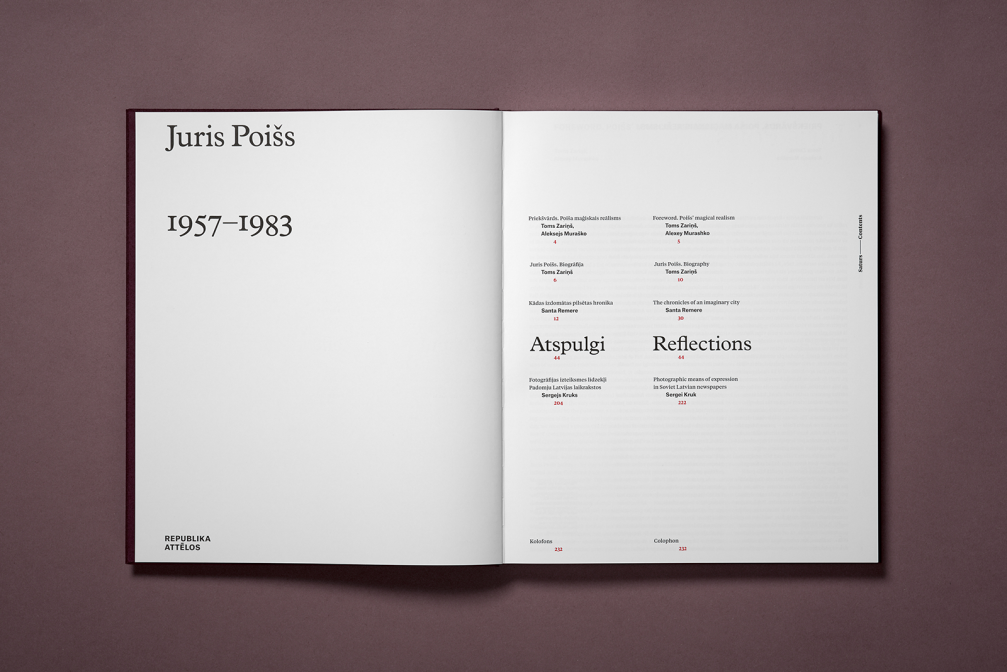
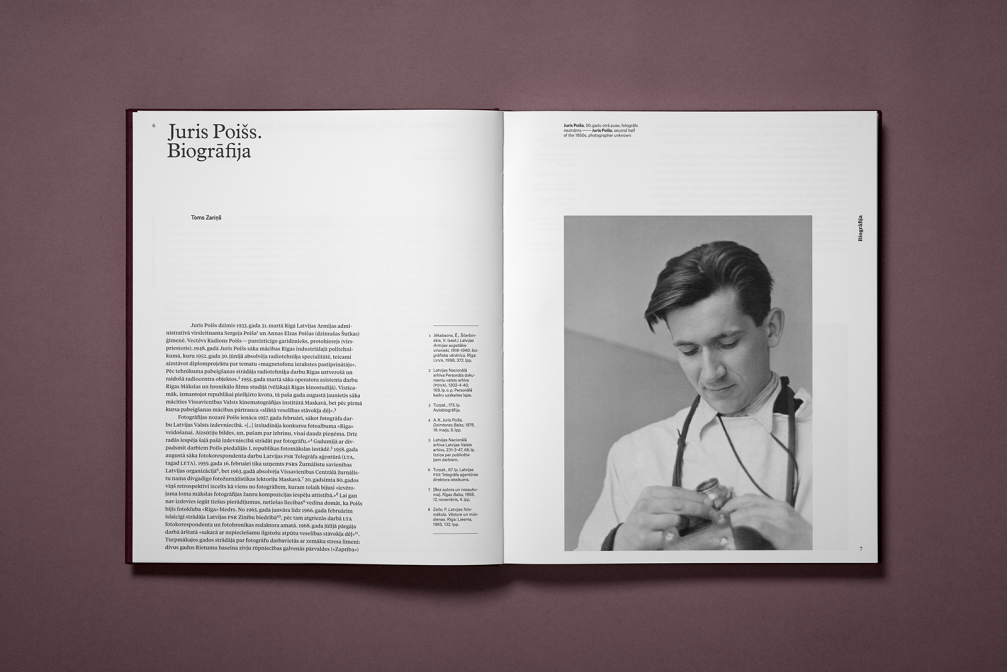
Poišs’ photography is characterised by play and interaction with shadow, backlight, and contrast; the name of the photo sequence Reflections is borrowed from it — the creator of the sequence, Alexey, has interpreted even shadow as a reflection. The photo sequence is a mystical narrative about the chronicles of an imaginary city, which begins with the birth of a child and allows the reader to trace through its growth, first jobs, achievements, and maturity. Riga, which can be seen in many shots, turns into a Western city — incredible and sometimes recognisable only by the inscriptions on signage. «Using the technique of disassembly, he turns the streets of Riga into a movie set, where ordinary passers-by become episodic actors and objects that are insignificant and banal in everyday life become the central node of meaning of the frame,» the authors of the book describe Poišs’ artistic approach in the introduction.
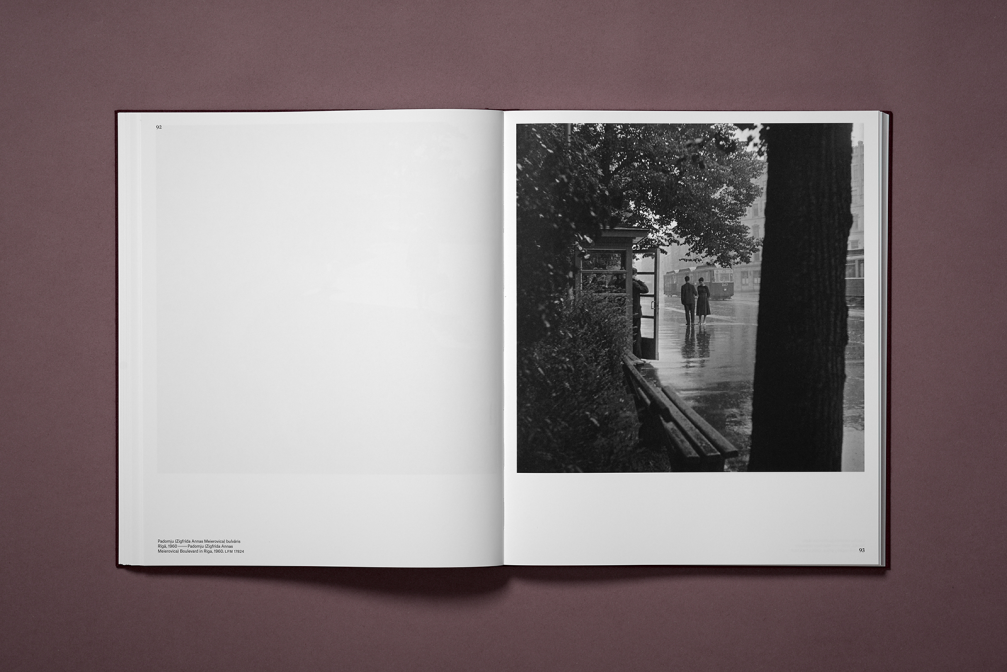
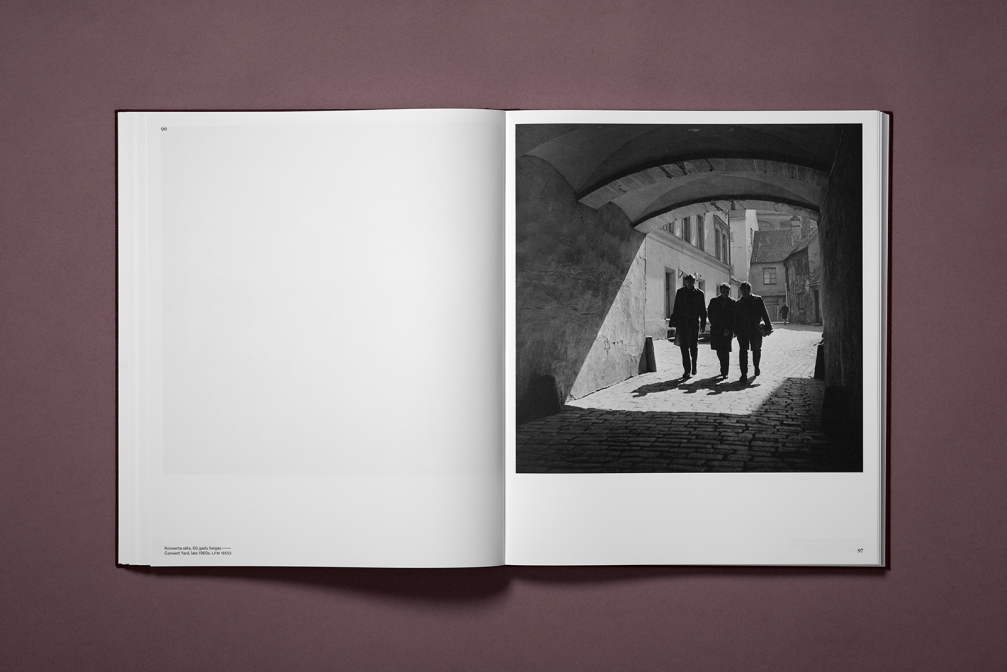
Cinema is another motif that pervades Poišs’ work, although he probably didn’t realise it himself. Poišs, who once tried to learn to be a cinematographer but did not finish his studies, often took a series of similar shots in quick succession to choose the most dynamic or sharpest of them. Many of these shots were blurry or out of focus, giving the feel of a motion picture’s freeze frame. In the book, most of the images are medium-format photographs, each occupying one page, but in order to emphasise the fragmentary and time-varying stop-frame effect characteristic of Poišs, the publication also includes several sequences of three consecutive frames in 35 mm format (the photo films are stored in the archive in this way — by fragments of three frames). Thus, for example, the Crying Child sequence of photographs conveys to the reader the search for the right moment and the author’s presence in both the temporal and social dimensions.
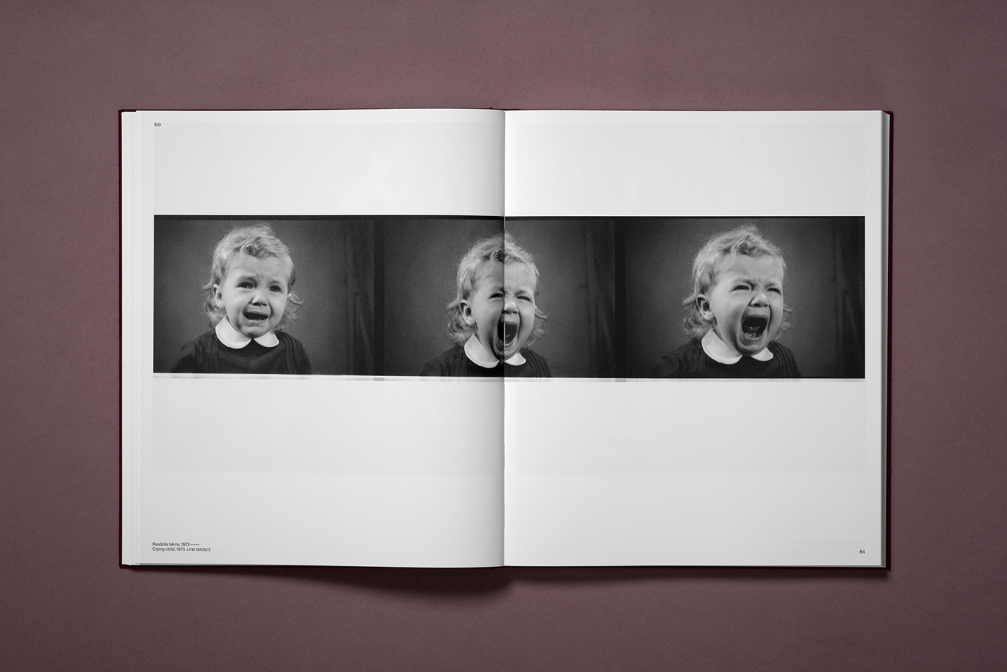
Santa Remere’s long-form essay focuses on the photographer’s interest in people, who, unlike Dominiks Gedzjuns, the photographer featured in the previous book of the series, are in each of his photographs: «…apart from the form, I want to mention Poišs’ attitude, which runs through all the images. It is the angle that cannot be described in words — a non-judgmental view from above or from the side, which is, at the same time, I don’t know if it is «wrong», but definitely personally affective. These photographs radiate respect for people, which could be one of Juris Poišs’ most characteristic features and also his method — he receives the same look in return as he gives to the other person.»
Juris Poišs’ artistic approach goes far beyond the «stamps» of Soviet press photography — his works can be compared with such recognised European photographers of the period as Brassaï and André Kertész. This edition of the series Republic in Pictures delves into the author’s photography and biography, contextualising his work among other forgotten Soviet photographers, as well as studying the means of photographic expression in Soviet Latvian newspapers. With a new approach to the narrative of the book’s character and photography, the authors have managed to capture and translate the freedom of thought and vision of Juris Poišs.
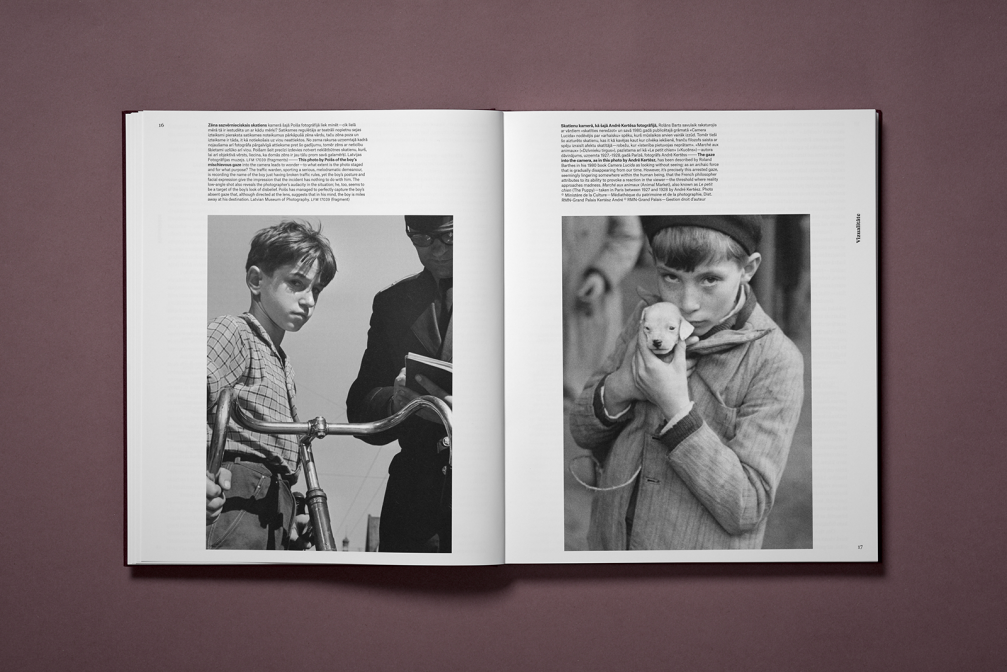
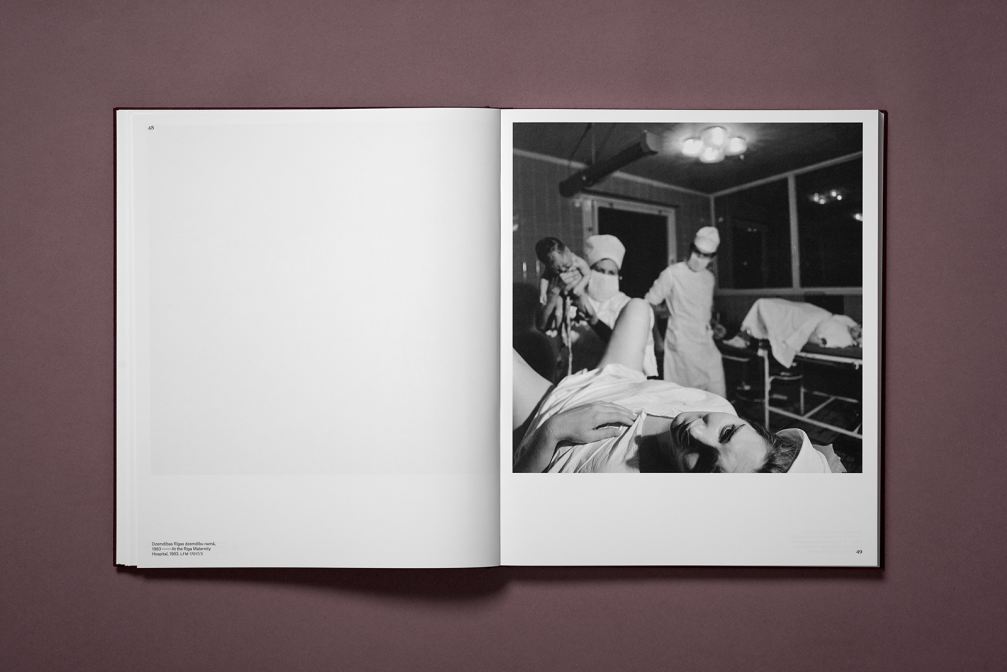
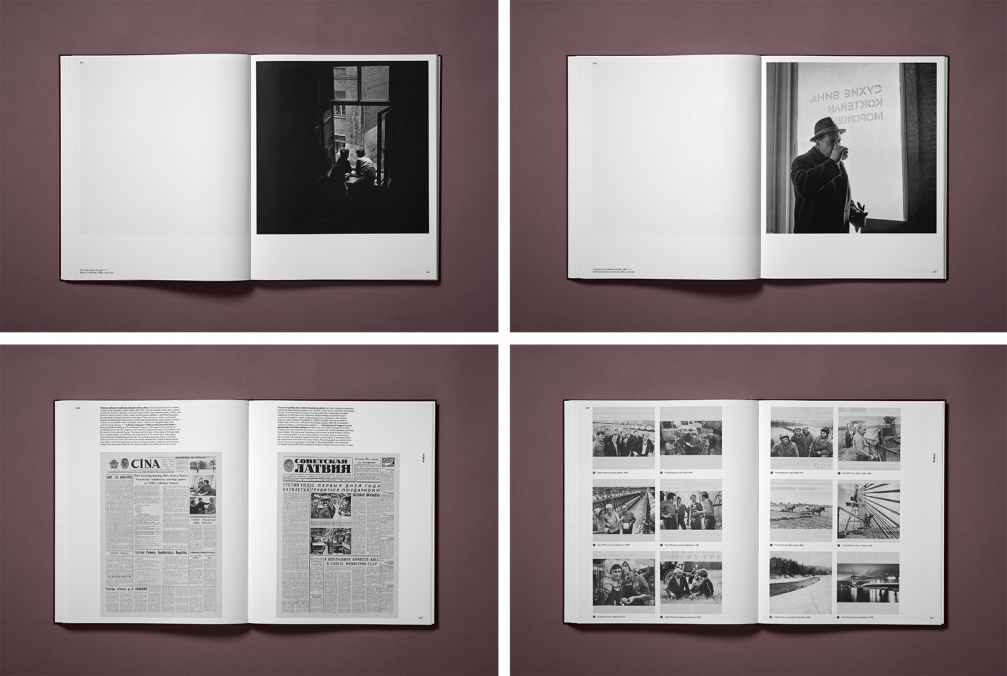
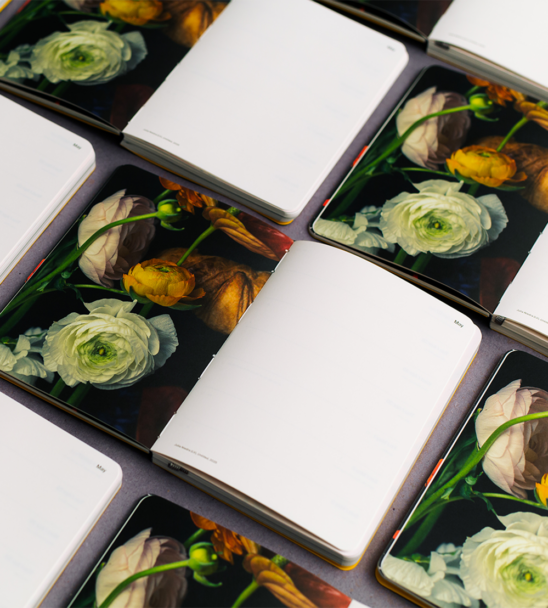

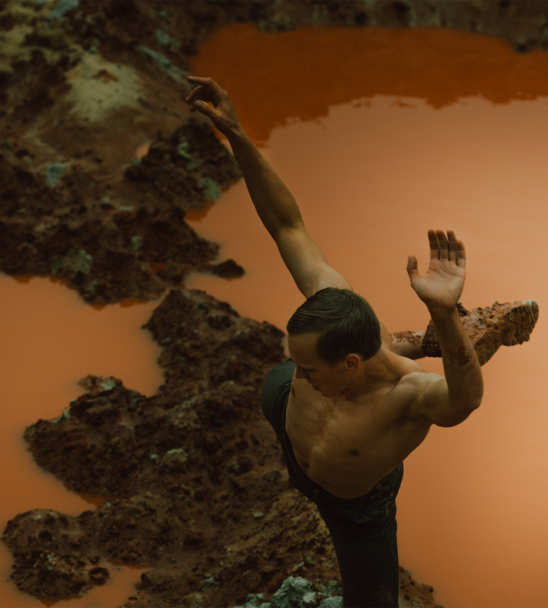

Viedokļi